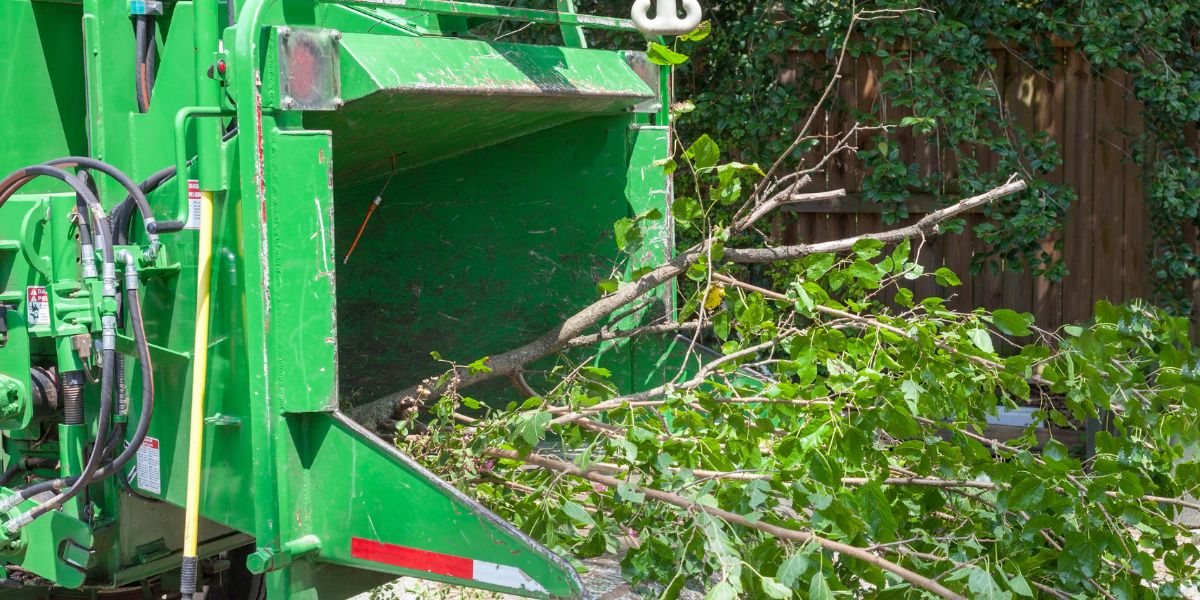Introduction
Tree hazards can occur without warning and create dangerous conditions around homes, businesses, and public areas. In Denver, snowstorms, high winds, and heavy rains often lead to fallen trees, broken branches, and uprooted trunks. These incidents can damage power lines, block roads, and put lives at risk.
Emergency tree service providers respond quickly to these threats. They use certified crews, safety equipment, and proven techniques to remove hazards and secure the area. With knowledge of Denver’s climate and tree species, local professionals can act fast and operate safely. This guide explains when emergency services are needed, how they work, and what to expect when tree hazards strike in emergency tree service denver.
What Qualifies as a Tree Emergency?
Defining Tree Hazards
Tree emergencies occur when structural failure or instability presents an immediate threat to safety or property. Fallen trees across roads or driveways, large hanging limbs over walkways, and split trunks near buildings are common indicators. Uprooted trees can destabilize surrounding soil, creating further hazards. Trees located near power lines or structures are especially dangerous due to the potential for electrical damage or collapse.
When to Call Emergency Tree Services
Emergency tree services should be contacted when there is visible structural risk or obstruction. Time-sensitive situations include trees leaning precariously, storm-damaged limbs dangling above traffic, or trunks split during high winds. After heavy snowfall or rain, weakened trees may shift or collapse, requiring rapid removal. Acting early reduces the chance of injury and limits costly property damage.
Emergency Response Protocols for Tree Hazards
Initial Assessment and Site Safety
When a crew arrives, certified arborists conduct a detailed hazard evaluation using diagnostic tools to grade risk levels. The site is then marked and secured as an emergency zone to protect workers and bystanders. Assessment protocols determine the safest method of removal and help crews plan the operation with minimal delay.
Steps in Safe Emergency Tree Removal
Removal begins with the deployment of cranes, rigging systems, and chainsaws designed for controlled dismantling. Each limb is removed in stages to manage weight and avoid further impact. Crews clear debris progressively to maintain site safety and access. The process is managed carefully to reduce structural risk and restore the area efficiently.
Common Causes of Tree Emergencies in Denver
Severe Weather Events
Denver experiences high winds, snowstorms, and lightning, all of which can lead to broken limbs and fallen trees. Ice accumulation adds weight to branches, increasing the chance of breakage. Lightning strikes may split trunks or ignite internal fires. These weather events often lead to widespread tree emergencies requiring immediate attention.
Root Decay and Tree Disease
Tree roots weaken over time due to fungal infections or prolonged soil erosion. Decay inside the trunk or root zone reduces a tree’s structural integrity, making it more likely to fail. Common tree diseases in Denver, such as Cytospora canker and Dutch elm disease, increase vulnerability during storms or after prolonged drought. Early identification of these issues helps prevent sudden collapse.
Safety Standards in Emergency Tree Services
Professional Credentials and Equipment Use
Emergency tree service teams in Denver are typically staffed by ISA-certified arborists trained in high-risk removal procedures. They follow OSHA safety protocols and use gear that passes regular inspections. These credentials ensure that the work is carried out with precision and according to industry standards.
Protecting Nearby Structures and Utilities
Tree removal near power lines or homes involves close coordination with utility providers. Crews install barriers and redirect foot traffic to keep the area safe. Specialized equipment is used to remove trees in tight or elevated spaces, protecting nearby structures from impact or debris. Every action is taken to prevent secondary damage during the operation.
Local Expertise in Denver Tree Emergencies
Understanding Denver’s Urban Tree Risks
In densely populated areas, trees grow close to buildings, sidewalks, and streets. Many are aging species with weakened limbs or compromised roots. These conditions increase the risk of failure during storms. Local professionals understand which species are most vulnerable and apply targeted strategies suited to urban environments.
Navigating City Regulations and Permits
The City of Denver regulates emergency tree removals through the Denver Forestry Division. In urgent cases, emergency permits may be issued for immediate removal. Service providers are familiar with the permit process and handle documentation to ensure legal compliance. This speeds up response times and avoids delays in high-risk situations.
Availability of Emergency Tree Services in Denver
24/7 Response and Dispatch Systems
Emergency tree companies operate 24/7 to respond to urgent calls. Dispatch teams use GPS-enabled systems to route crews quickly to affected areas. Hotlines remain open during storms and holidays to ensure no delay in response. Fast mobilization is key to containing damage and restoring safety.
Post-Removal Cleanup and Insurance Assistance
After removing the hazard, crews handle debris hauling, stump grinding, and site restoration. Many companies also assist with documentation for insurance claims, providing photos and detailed service records. This helps homeowners and businesses process reimbursements without delay. Full-service delivery ensures that the site is cleared, documented, and ready for repairs.
